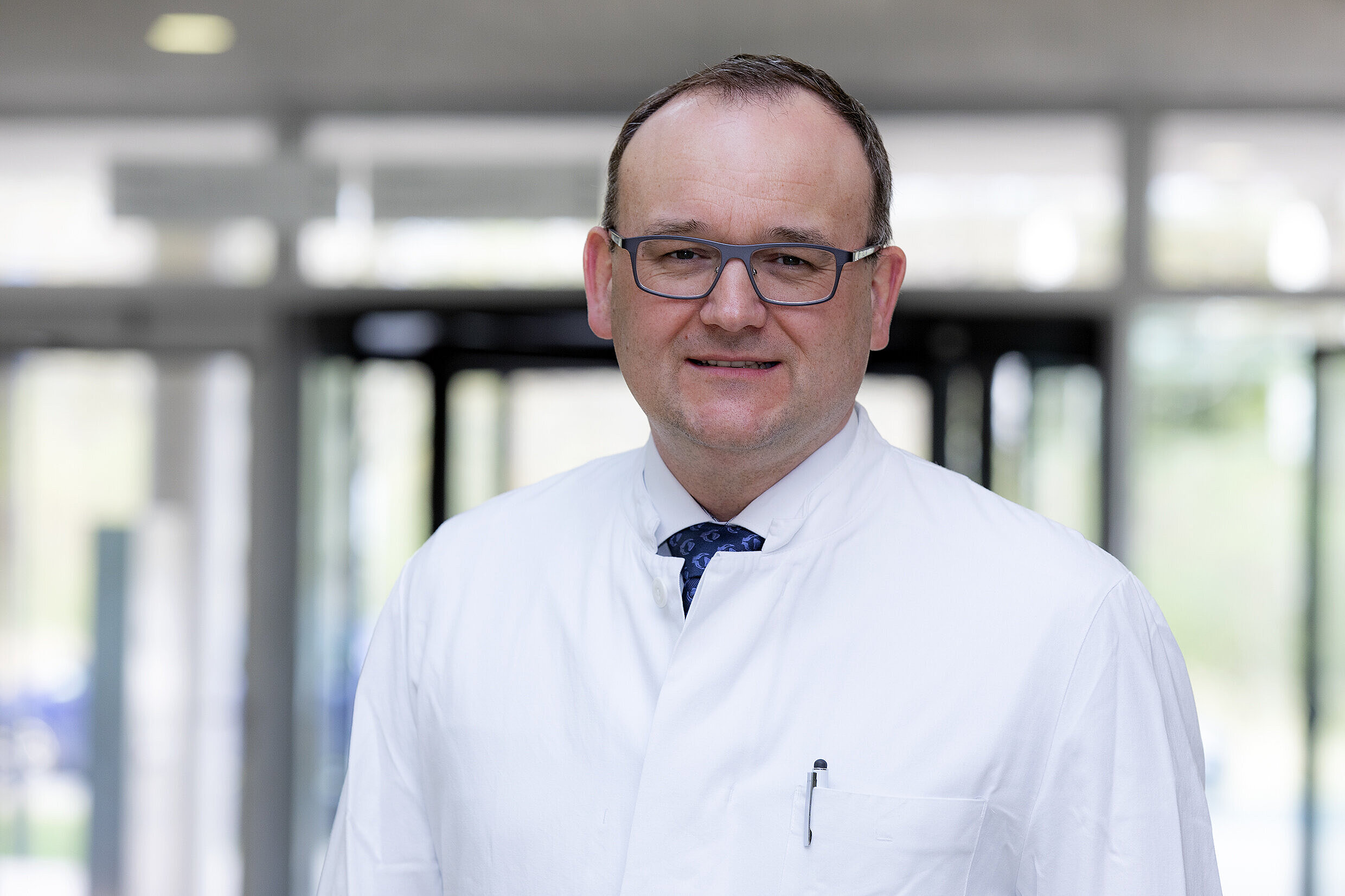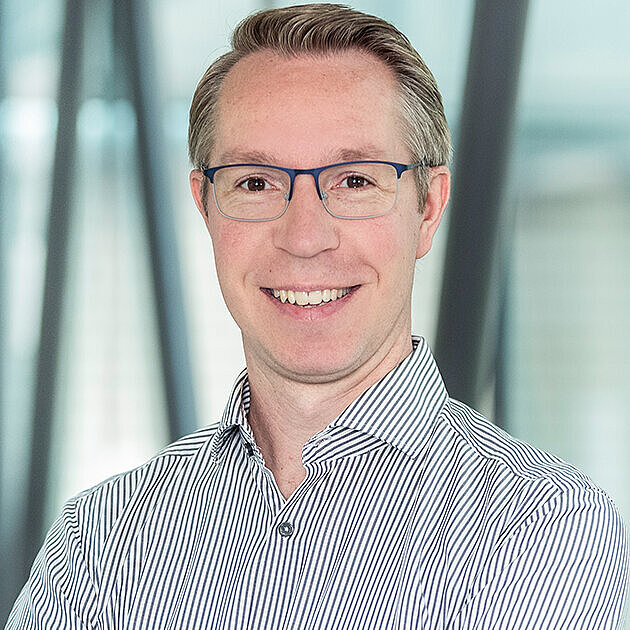You are also the Clinical Director at the HZI. What does that role entail?
It is not so easy to separate the tasks in that role from those of the CiiM Director. For both, I have to find out the relevant infection topics for which we can bring together research groups from the MHH and the HZI in order to investigate certain aspects of infection medicine. Currently, I am having a lot of conversations about this, discussing with HZI researchers the possibilities offered by the large amount of patient data from the MHH, and which ongoing patient studies can be elevated to a higher level by integrating the HZI.
Do you have any concrete examples?
Yes, we have gathered a few ideas and have already implemented some initial very interesting projects. For example, we have integrated a scientist from Michael Meyer-Hermann's research group at the HZI into a project with hepatitis B patients. There is no cure for hepatitis B, but it can be controlled with medical treatment. In some patients, the viral relapses after discontinuing treatment, but in others it does not. With the help of the Meyer-Hermann lab that uses machine learning with our data, we have identified a set of signal substances that can predict with over 90 per cent certainty what will happen to each patient after discontinuing hepatitis B treatment. In another collaboration with Karsten Hiller's research group at the BRICS, we are planning a programme to investigate the effects of hepatitis C treatment on metabolomics. And together with Carlos Guzmán from the HZI we are currently developing a project with an individualised approach: Data from cohort studies have shown that patients with liver cirrhosis respond worse to influenza vaccinations than healthy patients. Together, we want to explore this correlation. In addition to my collaborations, there are, of course, numerous other collaborations between research groups at the MHH and the HZI.
The CiiM is still a virtual centre. What challenges does that present?
Quite simply, there is no central building in which vital interdisciplinary approaches can be actively pursued, a space where colleagues can exchange ideas while standing at the coffee machine. To me, such virtual centre currently means: a lot of travel to visit partners and a lot of organisational work to implement collaborations. Having our own building will also be important for implementing new technological standards – and as a sign of the importance of the research field in the region. However, the projects that we have already started, and are currently initiating, are far more important to me. Ongoing projects are always better than an empty building without projects.
When do you anticipate the virtual centre will become a physical centre?
The first steps are now being taken and the building could be ready by the early 2020s. This will give us space for around 150 employees.
How would you describe the long-term goals of the CiiM?
Individualised approaches are about being able to choose the most suitable prophylaxis or treatment for an individual patient. We use patient data to search for characteristics – specific marker molecules – that we can use to divide patients into different groups and thus make appropriate treatment decisions for each group. Our goal is to determine before starting a treatment which patients would not respond to it, which antibiotic would be most suitable, or whether a vaccine would trigger the desired immune response.
Do you intend to work with patients at the CiiM?
I can see that happening. For example, I see an opportunity for the CiiM to offer a clinical consulting service: If a clinic is not making progress with a particular patient, because he or she is not responding to any treatment – or the exact opposite, has an extraordinarily good response – then we could continue to support the patient and test for different markers. Maybe we can use our methods to find out more about this patient's special case. Of course, the patients would have to agree to this, for privacy reasons.
In addition to your responsibilities at the CiiM and the HZI, you are also a senior consultant at the MHH and professor for clinical infectiology with your own research group at the German Center for Infection Research. Do you sometimes wonder exactly which hat you're wearing at any given moment?
True, it is not always easy. (laughs) There is a lot of overlap. My boss always said, a day lasts 24 hours and then there's the night. I have excellent colleagues who do a lot of work for me in the clinic. They are key to it all. But my diverse range of tasks is exactly what I have always wanted to do. I have been interested in infection medicine since my doctoral thesis, and I have pursued individualised research approaches since my postdoc at the University of Massachusetts Medical School in the USA. But it is also important to me that I am not just doing research. Working with patients, such as through daily rounds at the clinic, is what makes medicine so varied.
You are a new face for many of the staff at the HZI – so tell us, who is Markus Cornberg?
Yes, who is Markus Cornberg … (laughs) I am married and we have two sons, 13 and 9 years old. Our eldest son is an enthusiastic swimmer and the younger plays basketball – so we spend a lot of our weekends travelling. I used to play handball myself, but now I do not have the time. Unusually for someone from northern Germany, I go to Cologne for the carnival every year, which I have been doing regularly since 1999. I am from Hessisch Oldendorf in the Weser Uplands which was the former heartland of carnival in northern Germany – so I grew up attending carnival celebrations.

